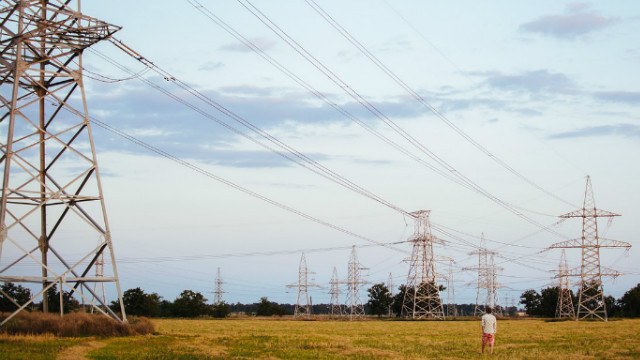The long period of artificially low interest rates that was in place since the 2008 financial crisis has finally come to an end. This is because higher economic growth has forced central banks to respond by winding down quantitative easing and gradually ratcheting up interest rates. The Fed has hiked rates six times since 2008 to see the headline rate at 1.75%, or seven times greater than its 2008 low of 0.25%, and analysts are predicting two more increases for 2018.
Meanwhile, the Bank of Canada’s last three rate hikes since July 2015 see the benchmark overnight rate at 1.25%, or five times greater than its April 2009 low of 0.25%. The central bank, however, elected to leave rates on hold at its last meeting because of trade concerns.
While higher rates are a worrying development for the sector, having a triggered a broad-based sell-off of utility stocks, including major Canadian names such as Canadian Utilities Limited (TSX:CU) and Fortis Inc. (TSX:FTS)(NYSE:FTS), which are down by 23% and 9%, respectively, over the last year, it shouldn’t deter investors from investing in the sector.
Now what?
The potential impact of higher interest rates on utilities can’t be understated. The significant capital requirements associated with operating in the sector means that many carry considerable amounts of debt. That becomes clear when reviewing the first-quarter 2018 balance sheets for Canadian Utilities and Fortis, which had total debt of around $10 billion and $22 billion, respectively. Such massive amounts of debt mean that even a moderate rate increase can trigger a substantial increase in financing costs, which can negatively affect profitability and, in the worst cases, spark a liquidity crisis.
Nonetheless, while interest rates are rising, investors shouldn’t be deterred from investing in quality names like Fortis and Canadian Utilities. This is because despite taking advantage of sharply lower interest rates to take on large amounts of cheap debt that was used to bulk up their operations through acquisitions, current rate rises will only have a minor impact on their performance.
You see, despite interest rates being considerably higher than their post-financial crisis lows, they are still well below what they were prior to that calamitous event. In the lead-up to 2008, the U.S. headline rate was at over 5%, or three times greater than the current official rate. It is a similar situation in Canada, where the current official rate is less than a third of what it was prior to the crisis. That means there will be little impact on those utilities with quality assets, solid profit margins, diverse operations, and strong cash flows.
This is evident from Fortis’s first-quarter 2018 results where finance charges only rose by a modest 7% year over year.
While Canadian Utilities’s finance expenses for the quarter shot up by a disquieting 16%, most of that can be attributed to the company assuming more debt rather than a material increase in financing costs. That debt includes the $42 million added to its balance sheet after the $114 million purchase of Mexican renewable electric utility Electricidad del Golfo and a $430 million November 2017 debenture issue.
What many analysts don’t realize is that there is a nexus between higher interest rates, stronger economic growth, and greater consumption of electricity as well as other forms of energy such as natural gas. That bodes well for many utilities to expand their earnings, thereby offsetting higher financing costs.
So what?
It is easy to understand why Fortis’s 4% yield has been a stalwart for income investors, but after plunging by over 15% in value since the start of 2018, it is Canadian Utilities that is shaping up to be the most attractive investment. The diversified utility owns electricity generating and transmission assets as well as water and natural gas distribution businesses.
As earnings expand because of a firmer economy, they will not only help to offset higher interest expenses and other financing costs, but they will give Canadian Utilities’s bottom line — and ultimately its stock — a healthy boost. While investors wait for this to occur, they will be rewarded by its sustainable, regularly growing dividend, which, remarkably, Canadian Utilities has hiked for the last 46 years to see it yielding almost 5%.









